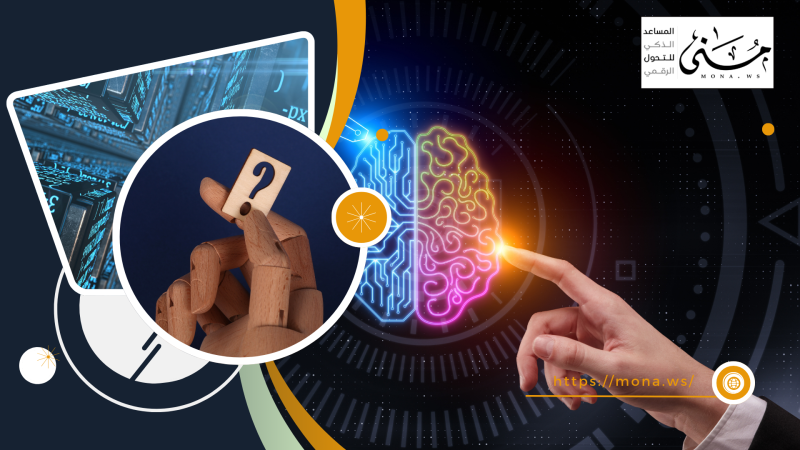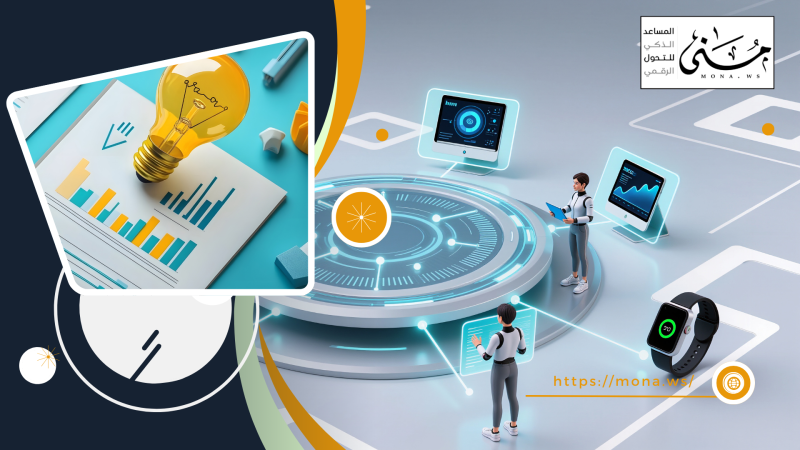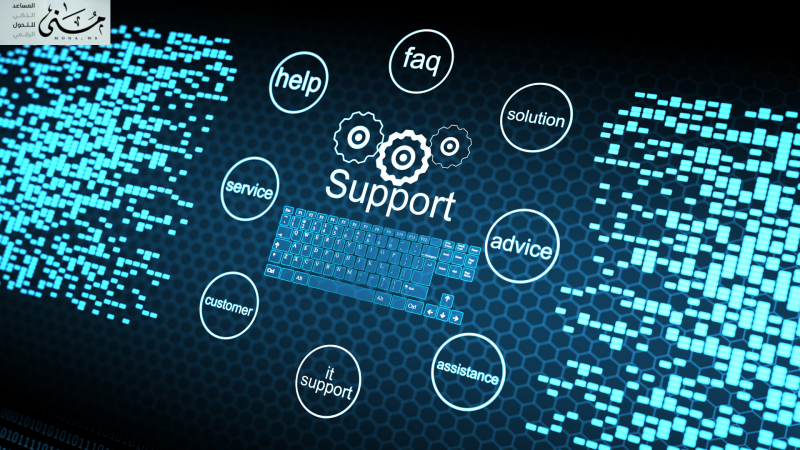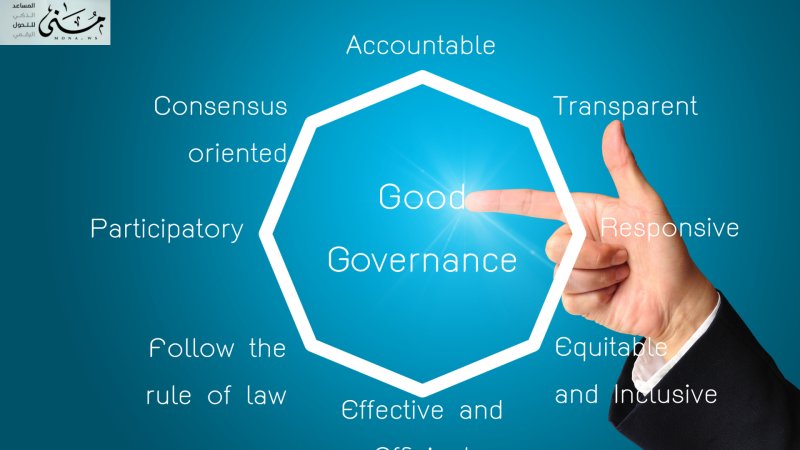Project governance has become a key element for ensuring success, setting the rules and regulations that govern workflow, protect resources, and reduce risk. However, many organizations face a challenge in balancing oversight and flexibility. While some see governance as a cumbersome bureaucracy, reality proves that its smart use, especially through modern digital tools, can make projects more efficient, faster, and transparent.
Continue reading the article to learn more information.
Project Governance Concept
Project governance is defined as a set of processes, structures and policies that ensure the achievement of an organization's strategic objectives through projects. It goes beyond traditional project management, focusing on transparency, improving performance, and ensuring compliance with regulatory standards, which enhances organizations' ability to manage risks and achieve project sustainability.
Large companies rely on project governance to ensure that project investments achieve the maximum possible return with the least amount of risk and deviation from set goals.
Essential Components of Project Governance
There are several basic components of project governance, which are:
Organizational and administrative framework
Having a clear organizational structure is essential in project governance, as each project should have supervisory committees that ensure that policies and procedures are implemented according to the specified standards. Some organizations rely on digital systems such asDocSuite, which helps manage documents and administrative communications intelligently, ensuring a secure digital environment that effectively supports governance.
Risk Management and Compliance
The success of any project requires the ability to anticipate potential risks and manage them efficiently. This is where a strong governance framework comes in, enabling organizations to apply compliance standards, identify risks, and take preventive measures. Systems such asSAP Governance, Risk, and Compliance (GRC) provides advanced analytics tools to manage risk and enhance regulatory compliance.
Performance measurement and quality assurance
One of the most important elements of project governance is the existence of mechanisms to measure performance and monitor the quality of project implementation. Some software solutions, such as:Microsoft Project Online, advanced analysis and reporting tools to track project performance and ensure planned goals are met.
Digital transformation and its role in project governance
Digital transformation has become a vital factor in the success of governance, as organizations today rely on advanced systems for project management and performance monitoring, such as systems such asDocSuite is an innovative solution that provides an integrated digital environment, helping to reduce reliance on paper, improve information flow, and enhance governance efficiency.
You can ensure the success of project governance in your organization by:
- Establish a clear governance structure that defines roles and responsibilities.
- Implementation of technical systems such as:DocSuite,SAP GRC,Microsoft Project Online to ensure effective management.
- Promote transparency and accountability through dashboards and analytical reports.
- Continuous performance evaluation using clear metrics.
Project governance is not just an organizational process, but a strategic tool to ensure project success and achieve institutional sustainability, using advanced systems such as:With DocSuite and SAP GRC, organizations can achieve high levels of efficiency and transparency, helping to reduce risk and achieve goals efficiently.
Comparison between traditional project governance and modern digital governance
|
The element |
Traditional Project Governance |
Modern Digital Governance (Systems-Based) |
|
Document and Correspondence Management |
It relies on traditional papers and files, which increases the possibility of data loss and delays the arrival of information. |
It relies on smart systems such as:DocSuite provides integrated electronic document management, facilitating access to information and ensuring security. |
|
Decision making |
It takes longer due to reliance on paper meetings and traditional communications. |
It's done faster with instant analytics tools and digital dashboards like:SAP GRC. |
|
Performance monitoring |
Requires manual reviews and periodic reports that may be delayed. |
It is done using automated systems such as:Microsoft Project Online, allows real-time updating of performance indicators. |
|
Risk management |
It depends on personal estimates and individual experience. |
It relies on data analysis algorithms and risk prediction using systems such as:SAP GRC. |
|
Transparency and accountability |
May be limited by the lack of immediate documentation of performance and decisions. |
Very high, as digital systems provide detailed records of every step, enhancing transparency. |
|
Operational efficiency |
Subject to delays due to complex paperwork. |
Achieve high efficiency thanks to automation and easy tracking of actions acrossDocSuite. |
It is clear from the previous comparison that relying on systems such asDocSuite, SAP GRC, and Microsoft Project Online can transform project governance, accelerating processes, achieving accuracy, and enhancing transparency, all of which are essential to success in the digital age.
Project Governance and Addressing Institutional Failure
The application of project governance principles is no longer just an administrative luxury or a formality that large institutions boast about, but has become an urgent necessity to ensure the survival of institutions in a competitive environment full of challenges, as governance contributes to reducing deviations, ensuring that resources are not wasted, and protecting projects from stumbling, and thus its application has become a “strategic weapon” in the hands of institutions to protect their investments.
One of the biggest risks facing projects is financial drain due to poor oversight or lack of transparency in spending. Project governance helps control expenses by monitoring project performance, adhering to the budget plan, and using digital tools such as:DocSuite to document invoices, contracts, and approvals, reducing the chances of waste or financial corruption.
It is no longer enough to rely on human competencies alone. Digital technology has become an indispensable partner to ensure effective project governance. Through advanced systems, organizations can automate monitoring procedures, submit performance reports, and quickly identify risks, making the success of projects linked to the organization’s ability to integrate governance with technology.
The Future of Project Governance
As digital transformation accelerates, the future of enterprise governance is linked to AI and advanced analytics, tools such asDocSuite, SAP GRC, and Microsoft Project Online now allow for predicting risks before they happen, and providing real-time dashboards, which means the rules of the game are no longer the same, and those who do not adapt to these changes may find themselves out of the competition.
Governance and Broken Bureaucracy
A question often asked by project managers and decision makers in organizations is, “Does governance lead to ‘broken bureaucracy’ or more agile management?” This reflects a concern about the impact of implementing project governance systems on the speed of business execution.
Some view governance as a set of complex procedures and administrative restrictions that disrupt business, impede teams’ ability to make quick decisions, and are akin to “broken bureaucracy.”
But this traditional view of governance has changed dramatically with the evolution of project management practices and the emergence of digital systems that support project governance in smarter ways.
Whereas governance used to rely on paper reports, multiple signatures, and long meetings, today it is based on technical tools that enable quick decision-making, while maintaining transparency and oversight.
Why do some people think that governance causes bureaucracy?
There are several reasons why decision makers believe that governance causes bureaucracy, including:
- Multiple approvals before implementing any decision.
- Commitment to cumbersome periodic reports.
- The need to refer to managers in every small and big matter.
- Reliance on paper documents, which increases wasted time.
But how does governance today mean flexibility?
- Use of digital systems such asDocSuite allows you to automate approval requests, so they reach administrators directly electronically.
- Provide digital dashboards that show project status in moments, instead of waiting for a monthly report.
- Systems likeSAP GRC enables automated risk monitoring, giving teams the freedom to work with the peace of mind that a system is in place.
- Tools likeMicrosoft Project Online helps you schedule tasks and track progress without the need for lengthy meetings.
When governance is applied intelligently, using modern tools, it transforms from a disabling restriction into a mechanism that increases performance flexibility, because it gives you complete control over projects, without slowing down your steps. Governance is not an enemy of speed, but rather a tool to protect it from deviation and failure.
Ultimately, project governance is no longer just an organizational procedure, but rather a strategic tool that ensures the success of projects and supports their sustainability. With the development of modern technologies such asWith DocSuite and SAP GRC, agile governance that combines discipline and speed is possible, enabling organizations to achieve their goals efficiently, without falling into the trap of bureaucracy.
 حوكمة المشاريع تضمن لك تحقق أقصى عائد ممكن مع أقل قدر من المخاطر
حوكمة المشاريع تضمن لك تحقق أقصى عائد ممكن مع أقل قدر من المخاطر











Comments
Add New Comment